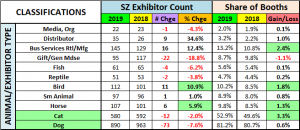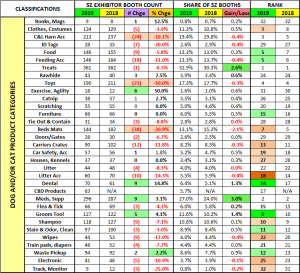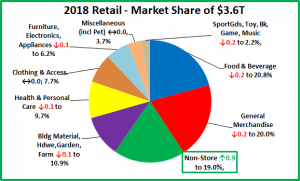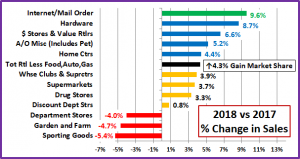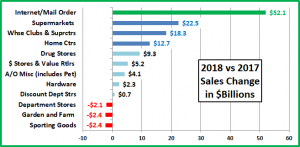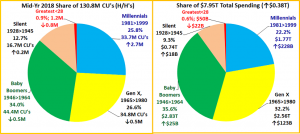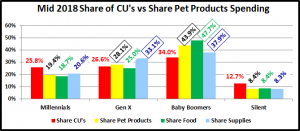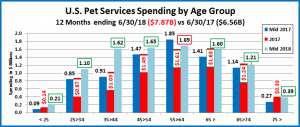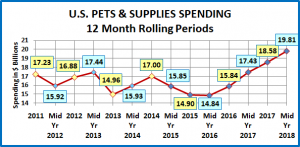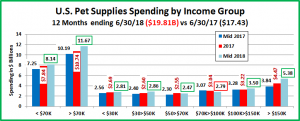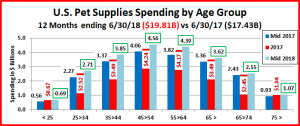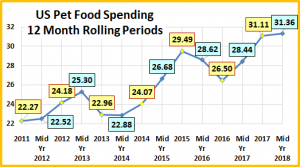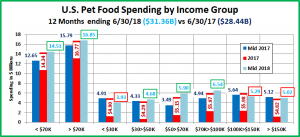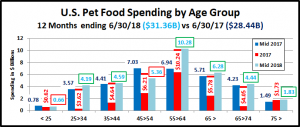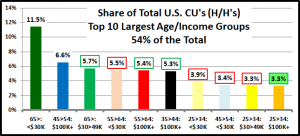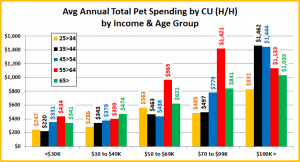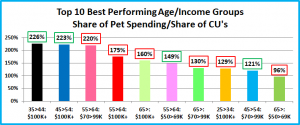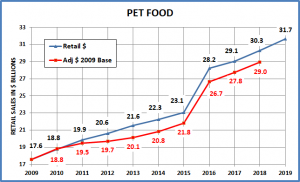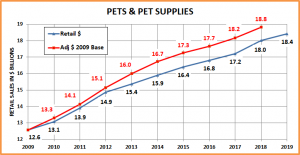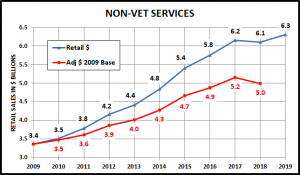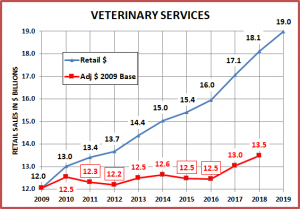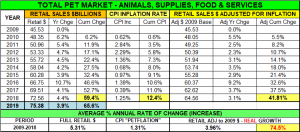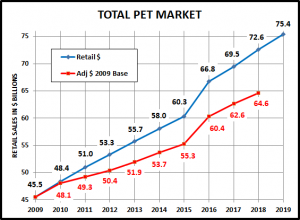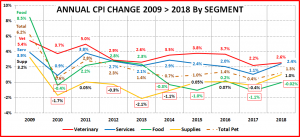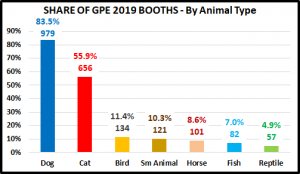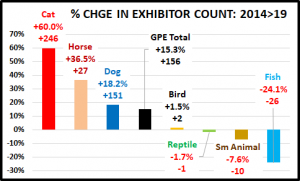SuperZoo 2019 – It’s a great Opportunity and a Sure Winner!
SuperZoo 2019 is only a month away. It is most definitely a great “Opportunity” for attendees and exhibitors and the “surest bet” in Vegas. Like Global Pet Expo, SuperZoo is a “must do” if you want to be a player in the U.S. Pet Market.
There are differences between the two shows. After all, GPE started the U.S. Pet Industry with the first trade show 61 years ago. It is still the largest annual show and has a huge international following with 295 exhibitors from outside the U.S. On the other hand, SuperZoo traces its roots to a regional trade show for independent pet shops. It too has come a long way since those early days. SuperZoo has expanded both in size and its reach. With 1100 exhibitors, targeted special floor sections, including one devoted to the important grooming segment, and over 120 international exhibitors, it too has become a “destination” for manufacturers, distributors and key players from all retail channels. However, Independents are still a major focus of the show. This has a benefit for all attendees as “hopeful” new product offerings and trends often show up first at SuperZoo because Independents are generally more open to adding new, untried items than the larger chains and mass market retailers. You will see this in 2019 with the “explosion” in exhibitors offering CBD products. (With 63 exhibitors, I assigned CBD its own separate product category. It also earned 2 Educational Seminars.)
SuperZoo’s growth has not come without challenges. Recently, they have had to move the show dates twice, once last year to accommodate the need for more floor space and again this year to return to the expected and traditional late summer “timing” of the show. This caused a little “hand wringing” and 37.4% of 2018 exhibitors didn’t return. This is up from the “usual” 30%. (Note: GPE 2019 was 34%) Although down by 98, the final exhibitor count should again reach 1100, the benchmark set in 2016. The booths are also larger. Exhibitors will occupy 269,000 sq ft, with an average booth of 254 sq ft, up from 245 in 2018 and 200 in 2016. Plus, the New Product Showcase this year will cover 30,000 sq ft.
Let’s take a closer look. We’ll start with some overview exhibitor trends then move to the special floor sections.
- Assigned Exhibitors: 1096; ↓ 98 (-8.2%) from 2018
- Booth Sq Ft: 269,000; ↓ 15,000 (-5.3%) from 2018
- 447 SZ 2018 Exhibitors (-37.4%) aren’t at SZ 2019
- 352 (32.1%) are new. They didn’t do SZ 2018
- 462 (42.2%) SZ 2019 Exhibitors weren’t at GPE 2019
- 261 (23.8%) are really new – Not at SZ 18 or GPE 19
- You first notice that the count in Special Floor sections grew 20.6% while the overall exhibitor count fell by 8.2%. Once the exhibitor count reached the 1100+ range, defined floor sections became increasingly important for both exhibitors and attendees. After falling to a 36.6% share last year, they are back to a more normal level – 48.1%.
- Every special section but Groomers has more exhibitors than last year. The Grooming segment is still very important, but it is becoming even more competitive and exhibitors are becoming more widespread across the show floor.
- The 1st Timers section grew 43.2% but remember that 352 exhibiting companies weren’t at SuperZoo 2018 so the 106 doesn’t reflect the true count of new exhibitors.
- The Natural Section is still growing as this trend continues to be strong in the marketplace.
- Function is the biggest trend, but Fashion is still important, and Rodeo Drive is back to a more representative size.
- Like every element of the marketplace, SuperZoo is evolving. They are extending their “reach” with an International Section. Although this doesn’t reflect their coverage as there are over 120 International exhibitors at SuperZoo 2019.
Now let’s look at the Exhibitors by type, including animal.
- Remember there was a 8.2% drop in exhibitors so the most accurate measure of trends may be the change in share.
- All animal types gained in share which is appropriate as the industry’s focus is pets. Birds, small animals and horses even increased their booth count. Fish gained the least in share while cats continue to “claw their way up”, +3.3%.
- The importance of pet retailers at the show is very evident by the 34.6% increase in Distributors.
- Gifts/Gen Mdse/Uncategorized exhibitors fell sharply and is down -31.7% from their peak of 139 exhibitors in 2016.
- The rise of Business Services continues as a major trend – up 16 (+12.4%) from 2018, but up 96 (+202%) from 2014.
- As always, Dogs and Cats are the royalty, but the Cat share of exhibitors has grown markedly – up from 44% in 2014.
Let’s take a closer look at the “royalty”. Here are the top 10 Dog and/or Cat Categories at SuperZoo 2019.
- The members of the top 10 are unchanged from 2018. There was a shuffling in the rankings from #5 to #10 – 3 moved up while 3 dropped, but basically, they all “held their ground” in their importance.
- The big news is the seemingly unstoppable momentum of Meds & Supplements. This category has also helped drive Treats to its unparalleled prominence at #1 as Supplements are often produced in Treat form. They again rank #1 & #2 in terms of exhibitor count, which is up 57% for Treats and 84% for Meds & Supplements from 2014. Amazing!
- The importance of grooming is showcased here as 2 related categories are in the Top 10. In fact, Grooming Tools was 1 of only 2 categories in the Top 10 to increase exhibitor count in 2019.
- Food maintained its prominence, gaining in share and ranking although falling slightly in numbers.
- Beds had the biggest decrease. It raises the question, “Can attendees “survive” with only 144 booths offering beds?”
SuperZoo is down 8.2% in exhibitors, equal to 2017 and 17% more than 2014. The Average Booth is also 25% larger than 2016 and still growing. There are products and services available to fill virtually every need or want of the attendees and the show is keeping “in tune” with changes. Increasing the number and size of special floor sections along with the big increase in educational sessions are prime examples.
924 exhibitors (84%) focus on Dog/Cat. Let’s take a closer look.
There are 98 fewer Exhibitors at SuperZoo. Those offering Dog and/or Cat products fell by 76. However, the Dog/Cat share increased slightly from 83.7% to 84.3%. Once again “share” may be the best measure for comparison.
- Only 10 of 33 (30%) Dog/Cat categories have more exhibitors in 2019 than in 2018
- However, 23 of the 33 (70%) categories increased their share of exhibitor booths
In the Top 10 categories we saw a big loss in numbers and share by Beds, but Medication/Supplements and Grooming Tools gained ground in both measurements. Treats are down 1 in exhibitor count but up 2.6% in share. There are only 2 other significant gains in the other Dog/Cat categories:
- Dental: +9 (+14.8%); Share ↑1.3%
- Exercise/Agility: +6 (+50.0%); Share ↑0.6%
When you look at the Dog/Cat Categories making gains, you see that the most common thread is the health and wellness of our companion animals. We also can’t forget the recently added category of CBD products, which debuted with an exhibitor count of 63. All of these fit right in with the ongoing trend to more nutritionally focused Pet Food.
SuperZoo certainly showcases what is “happening” in the Pet Industry and offers a great opportunity for attendees and exhibitors to make a mutually beneficial connection. Once again, it’s the surest bet in Las Vegas!
Finally, the chart below details the specifics for all 33 of the Dog/Cat product categories that I defined for the Super Search Exhibitor Visit Planner. (Note: The SZ 2019 Super Search will be released next week, no later than 7/30/19.)
TAKE A LOOK. I HOPE TO SEE YOU IN VEGAS!



